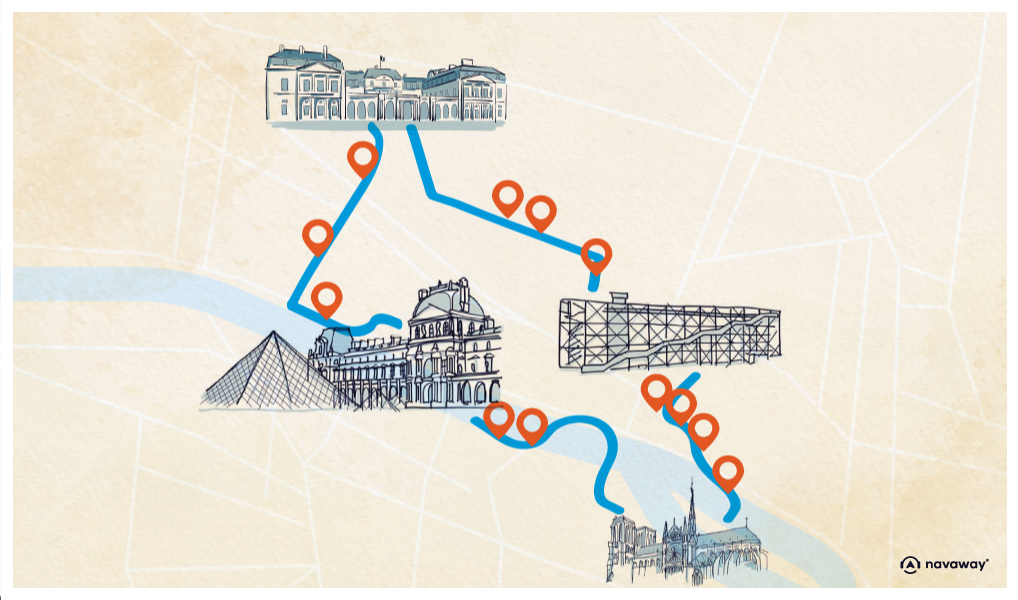
Palais Royal
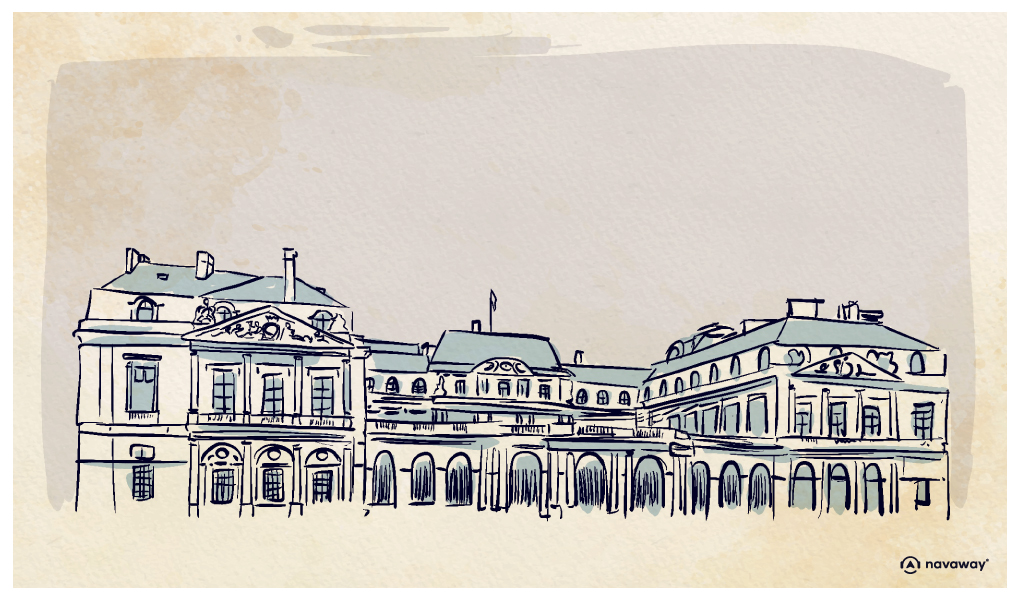
This point of interest is available as audio on the tour: Visit Paris, From the Mona Lisa to the Notre-Dame Cathedral
We’re now in the main courtyard of the Palais Royal. Pretty impressive, huh? The palace may be called royal today, but it was actually built at the behest of Cardinal Richelieu in 1633. He wanted to be close to the king, who was living in the Louvre Palace at the time. He was an avid art lover and had two art galleries and a theater built here. It was here that Molière staged all his plays under the reign of Louis XIV, and Jean Baptiste Lully performed his operas. After Richelieu’s death, the palace was handed over to King Louis XIII, who died the following year. His wife, Anne of Austria, acted as regent and moved in here with her sons. And her sons were none other than the future Louis XIV and Philippe II, Duke of Orléans. But Louis XIV didn’t have fond memories of the palace and chose to live in the Château de Vincennes and the Versailles Palace instead. And why is that? Well, it’s because of the Fronde parlementaire of January 5, 1649. That night, a revolt broke out within the Parliament, which sought to curtail the absolute power of the monarch. You see, Richelieu’s intransigence and firmness had made the monarchy incredibly powerful. As tensions escalated, the royal family was forced to flee their palace and take refuge in Saint-Germain. Louis XIV never returned here. It was his brother who moved in, and so the palace became the residence of the Orléans family. Following the death of the Sun King, his nephew Philippe d’Orléans was appointed regent of the kingdom of France until the coronation of Louis XV, and the royal palace became a hub of political and cultural activity. New spaces were built, and the courtyard was transformed into a shopping arcade, with stores that could be rented out to merchants. Each gallery is named after one of the Duke of Orléans’s sons: Valois, Montpensier and Beaujolais. They even added a theater in 1786, which would later become the prestigious Comédie Française. During the French Revolution, the palace was home to Louis Philippe II, Duke of Orléans. And let me tell you, he was nothing like his cousin, King Louis XVI. The royal palace took a clear anti-Versailles stance, in line with the philosophical ideas of the Enlightenment. Louis Philippe was even elected deputy of Paris in 1792 and became known as Philippe the Equal. The palace became a vibrant hub of Parisian life and a favorite hang-out spot for the city’s elite. Over time, it saw the opening of the luxurious Galerie d’Orléans, with over 400 boutiques, theaters, restaurants, art galleries and even brothels! A city all its own. Then, in 1848, another Revolution broke out, and the palace was ransacked before becoming state property. It was even set on fire during the Paris Commune. It has since housed several institutions, including the French Constitutional Council, and is now home to the Ministry of Cultural Affairs. Those iconic black-and-white striped columns are known as Buren’s Columns. They were created by Daniel Buren in 1998, and have since become the hallmark of the Palais Royal and a must-see when visiting Paris.

Discover other tours to visit Paris

Discover Paris with app
An interactive guide through the most beautiful streets, squares, and districts
22 fun audioguides full of historical facts, anecdotes, and legends
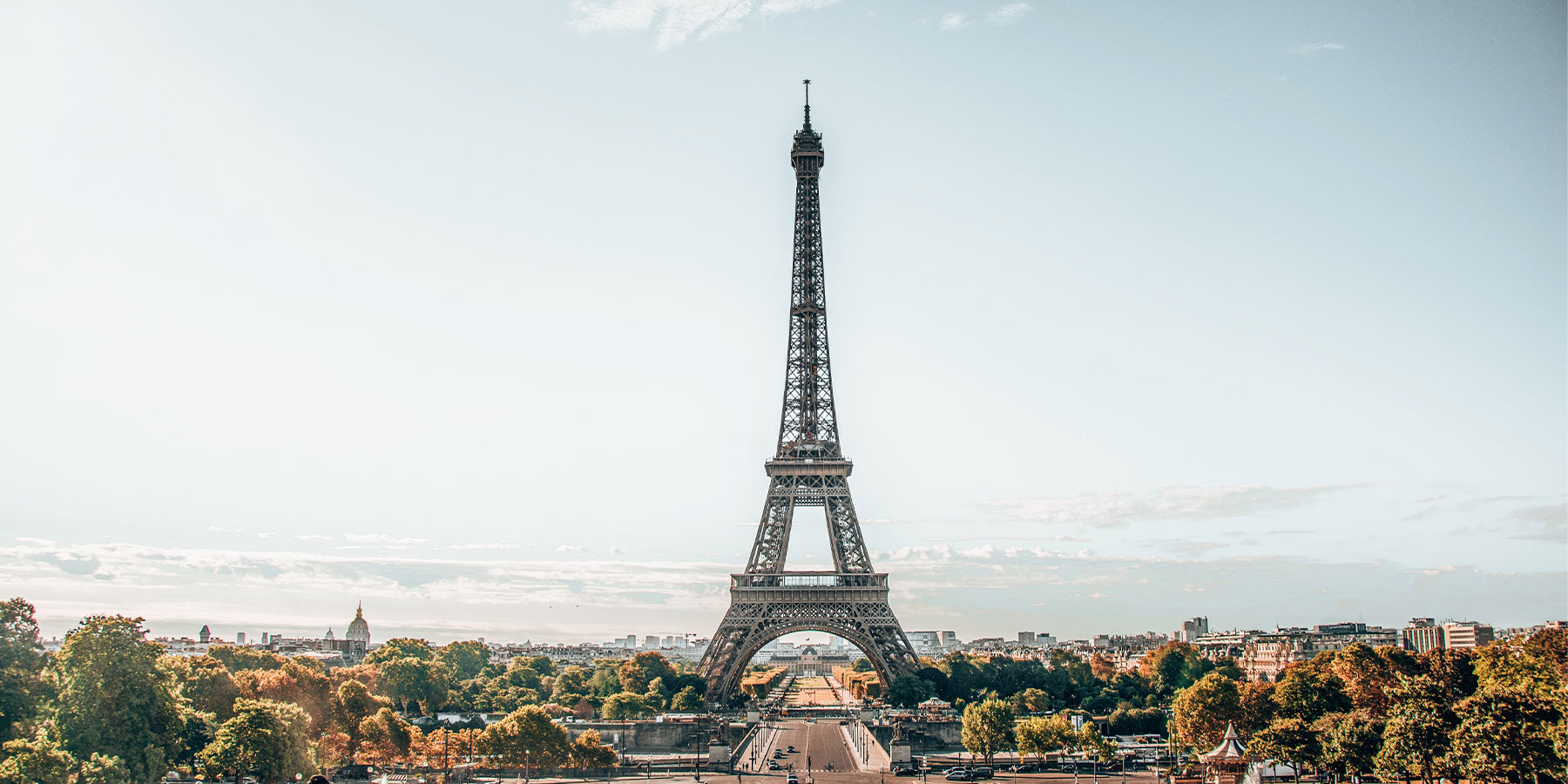
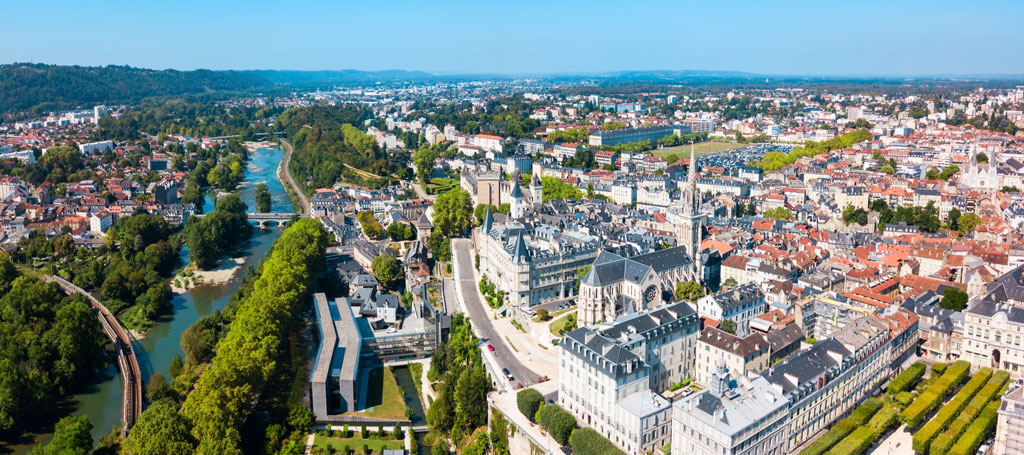
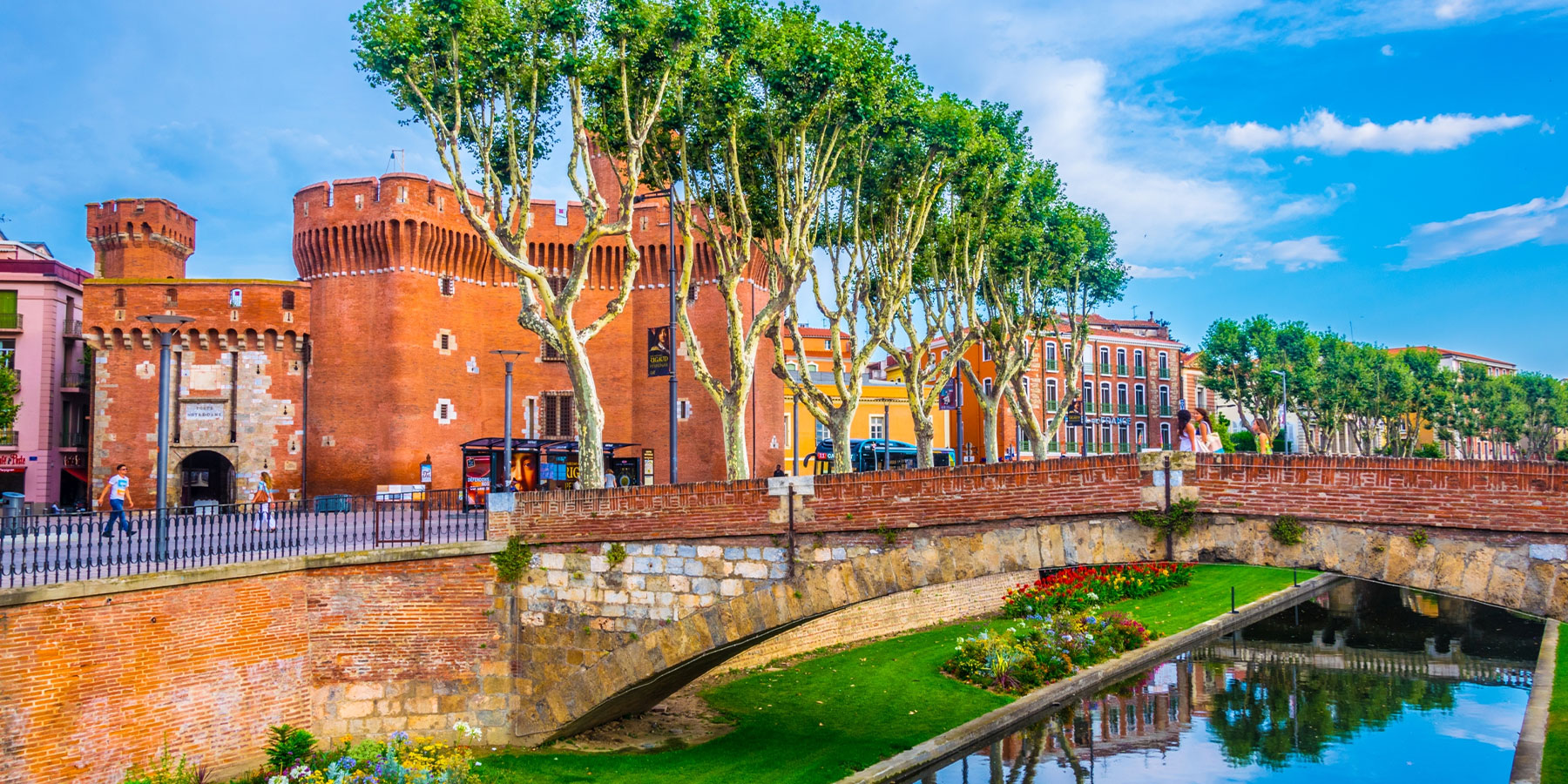
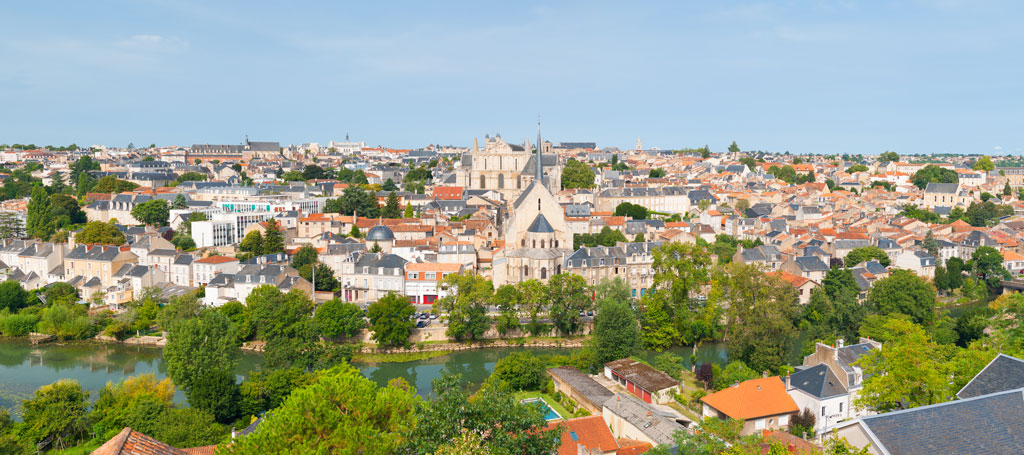


Comments